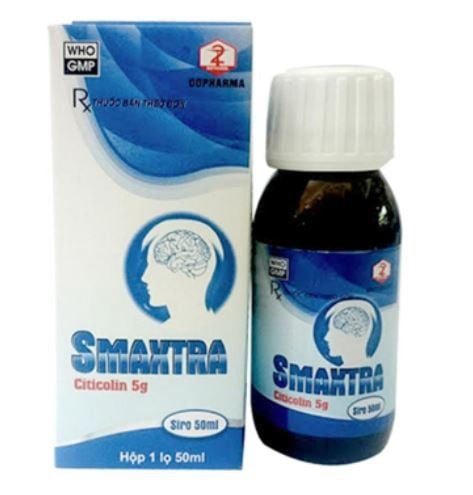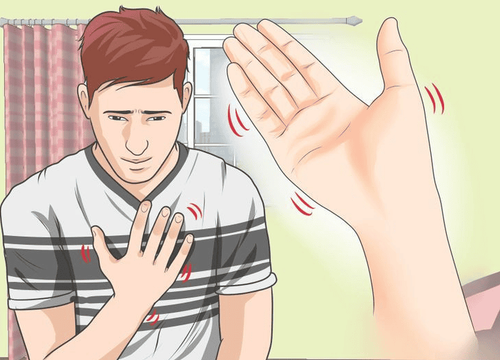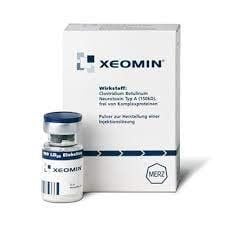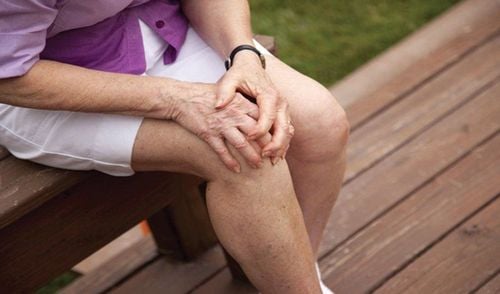This is an automatically translated article.
The article is professionally consulted by Master, Doctor Huynh An Thien - Department of Medical Examination & Internal Medicine - Vinmec Danang International General Hospital.
Movement disorder is a phenomenon of decline or complete loss of control over body muscles such as tongue, lips, face, trunk, extremities, etc., making it difficult for patients to live. Any damage to the brain in the area responsible for movement related functions also causes movement disorders. Movement disorders depend on the extent and location of brain damage.
1. Loss of motor conditioning
Ataxia: A symptom caused by damage to the brain, brain stem, or spinal cord. Symptoms include: clumsy movements, inaccuracies, loss of balance, unsteady gait, tremors or poor coordination and coordination during voluntary movements. Movements are no longer smooth and appear sporadic or jerky. Patients often fall due to unsteadiness of walking. Ataxia can also affect speech or eye movement.If it is possible to find a certain metabolic disorder causing the disease, some of these metabolic disorders have specific treatment.
2. Parkinson's disease
Parkinson's disease is one of the most common diseases caused by a chronic degenerative movement disorder of the central nervous system with slow progression, causing loss of motor control. Parkinson's disease is common in the elderly. The clinical features and pathogenesis of the disease are relatively clear, but the etiology of the disease is still hypothetical. Therefore, Parkinson's disease is still considered a disease of unknown etiology, with the exception of some cases of recurrent Parkinson's syndrome.Regarding the classic symptoms, Parkinson's is manifested by 3 basic syndromes: tremor at rest, increased muscle tone, and decreased movement. From these 3 symptoms cause secondary symptoms such as posture disorders (leaving head forward, facial expressions ...), voice disorders, writing disorders. In addition to the 3 basic syndromes, the accompanying symptoms can be seen as depression, hallucinations and autonomic dysfunction: hypersecretion, peripheral vasodilation, constipation...
Dementia in the disease Parkinson's is a "subcortical" defect that is different from the "cortical" loss of Alzheimer's disease. Subcortical depression is associated with mental retardation, memory difficulties, and mood swings. Proximal memories can be affected while distant memories remain intact. If you have Parkinson's disease and feel intellectual stagnation in Parkinson's disease, it is due to abnormalities in the system of neurotransmitters such as acetylcholine, serotonin, dopamine...
The main cause of Parkinson's disease is degeneration and variation. loss of brain cells that produce dopamine, also known as substantia nigra, this is the substance located in the middle of the brain. Dopamine is a substance in the brain responsible for the movement and coordination of muscles. When black matter is degraded, dopamine will be deficient. This weakens the nerve transmissions from the brain to the muscles.
Parkinson's disease causes a lot of distress for both the patient as well as the caregiver. Abnormal movements appear suddenly and uncontrollably causing many inconveniences to the patient in daily activities, such as bathing, dressing and eating.
3. Tourette's syndrome

The first symptom of dyskinesia is usually myoclonus, such as jerking of the head, blinking, or repeated facial grimacing. After that, symptoms can progress and jerky movements become more and more complex. These movements can be vocal cord twitches causing unwanted sounds such as mumbling, clearing the throat, screaming or shouting.
Besides, Tourette's syndrome also manifests itself by swearing or erotic movements, punching, kicking, or sudden bursts of breathing. The movements of Tourette's syndrome are rapid, frequent, and repetitive.
Muscle twitches in the vocal cords are difficult to control and cause a lot of inconvenience to patients, especially in public places. Because most people would consider these sounds a clear throat to get attention. Vocal cord muscle twitches often produce sounds such as a mumble, a clear throat, a scream, or even a bark in some cases.
4. Spastic paralysis
Spasticity occurs when there is an increase in muscle contraction; make your muscles stiff. This can interfere with limb movement, making it difficult to speak and walk. Spasticity is caused by damage to the brain or spinal cord that controls movement, resulting in movement disorders. Causes of damage can be due to lack of oxygen to the brain, severe head trauma, metabolic diseases such as Lou Gehrig's disease.5. Essential tremor
Essential tremor is a spontaneous shaking or shaking, usually occurring in one or both hands or arms, and is often aggravated by trying to perform basic movements. It's not a life-threatening illness, but it can have a negative impact on your life.Essential tremor is the act of shaking a part of your body to a rhythm that you cannot control. The body part most commonly affected includes the hands, arms, or head. This condition is caused by an impairment in the communication between areas of the brain and is often misdiagnosed as Parkinson's disease.
This is probably the most common neurological disease. For most cases, this is a slowly progressing disorder. However, some people find the disease is only mild and does not progress at all.
Unlike the resting tremor in Parkinson's disease, essential tremor usually does not occur at rest. The tremors usually go away completely during sleep. Essential tremor can be uncomfortable and debilitating. Some people may experience other symptoms associated with tremors, such as an inability to balance while walking. In some cases, physical therapy and lifestyle changes can relieve symptoms. If the disease affects your work and daily activities or negatively impacts your quality of life, then medication or surgery should be considered.
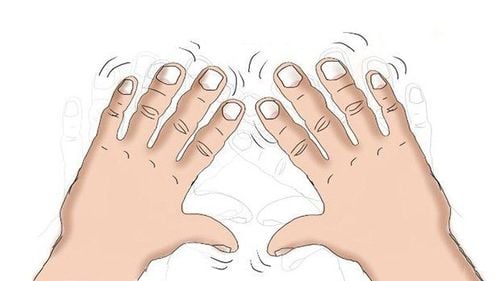
6. Dystonicity
Dystonia is a neurological disorder characterized by muscle contractions, repetitive movements that keep the body in an abnormal position and position. Dystonia is caused by damage to the basal ganglia. This is the result of abnormal function of the basal ganglia, the deep part of the brain that controls motor coordination.These brain regions help control the speed and flexibility of movement and prevent unwanted movements. Manifestations of dystonia may include uncontrolled torsion movements, recurrent movements, or abnormal postures and positions.
These symptoms can occur in any part of the body, including the arms, legs, trunk, eyelids, and vocal cords. Generalized dystonia affects the entire body. Focal dystonia affects only one body location, most commonly the neck (spasmodic torticollis), eyelids (blepharospasm), lower face (Meige syndrome), or hand (leg cramps, or dystonia of the extremities). Depending on which part of the body is affected, the disease causes more or less disability.
The cause of dystonia can be a genetic mutation, a disorder, or a side effect of a certain medication. Some drugs that can cause dystonia include tranquilizers.
7. Huntington's disease
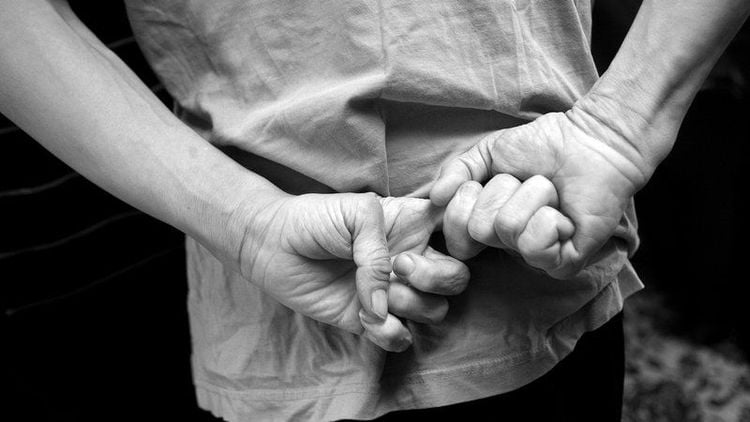
Symptoms include muscle twitching, uncontrollable movements of the limbs, trunk and face; progressive dementia; mental problems arise. The disease is inherited, a child with one parent with the disease has a 50% chance of developing Huntington's disease.
There is currently no cure for Huntington's disease, so treatment is aimed at reducing symptoms, preventing complications, and helping the patient and family members deal with everyday challenges. Your doctor may prescribe antipsychotics, antidepressants, anti-anxiety medications, mood stabilizers, or botox injections. These drugs are taken at the lowest effective dose because all of these drugs can have side effects.
Huntington's disease usually progresses to a terminal stage in 10-30 years. The researchers also noted that if symptoms occur earlier, the disease usually progresses more quickly.
Please dial HOTLINE for more information or register for an appointment HERE. Download MyVinmec app to make appointments faster and to manage your bookings easily.





